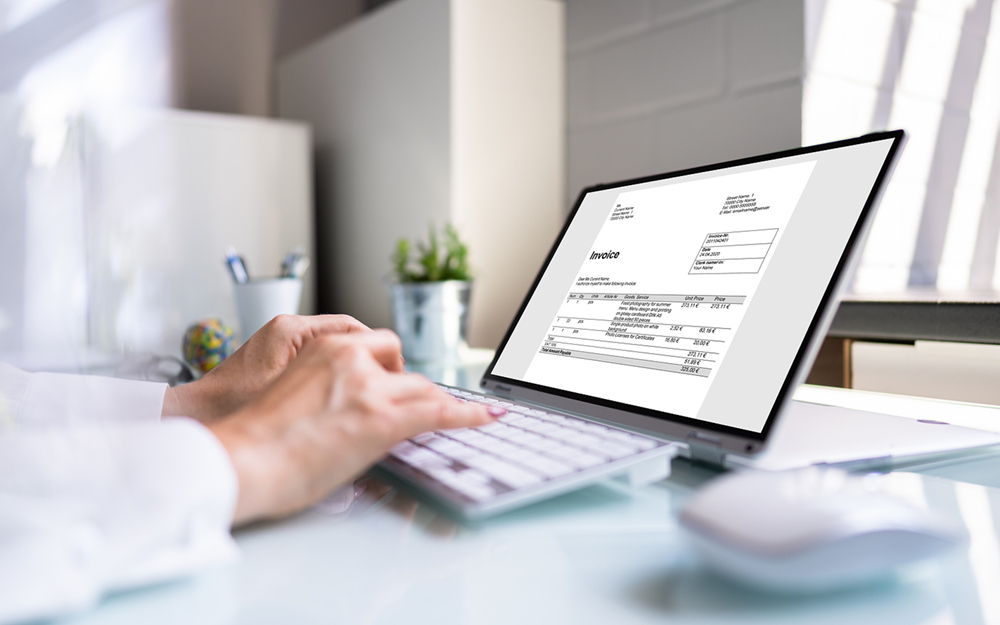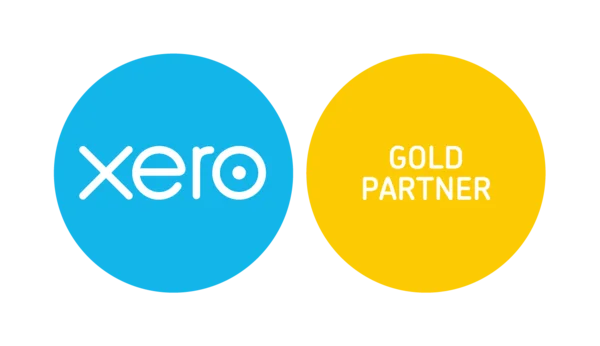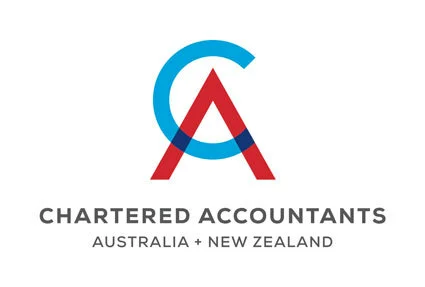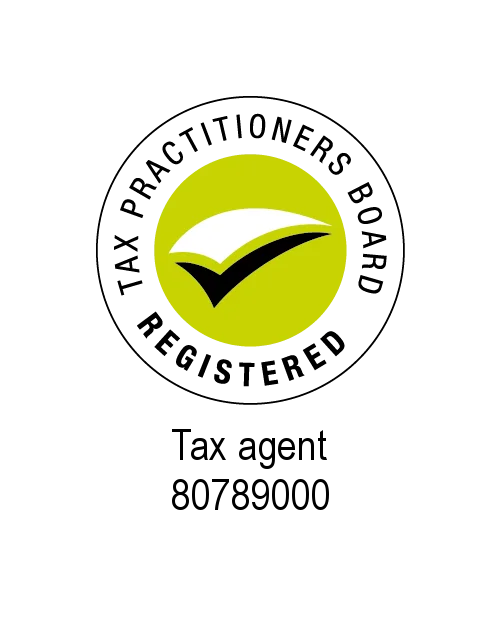Get set for eInvoicing

The rollout of electronic invoicing (or eInvoicing) is gaining momentum in Australia – and globally – as a new and more efficient way to deal with the paperwork involved in sending and receiving business invoices and procurement documents.
For small business owners, the arrival of eInvoicing might sound like yet another task to add to your ever- expanding to-do list. But rather than being another bureaucratic box to tick, it has the potential to save you and your business both time and money.
What is eInvoicing?
eInvoicing is a process to streamline invoicing. It’s different to sending an email or PDF through your current software, as it involves directly exchanging a standardised format eInvoice via software used by both the buyer and supplier.
Australia has adopted the international Peppol eProcurement framework as its common standard for automated digital exchange of invoice and procurement information.
The Commonwealth appointed the ATO as Australia’s Peppol authority and it is responsible for developing and administering the local framework and authorising approved service providers. Although it sets local standards, the ATO can’t view the contents of any eInvoices being transmitted between businesses.
Currently it’s not compulsory for businesses to use eInvoicing, but the trend is well underway in the public sector. The Commonwealth made it mandatory for all its agencies to adopt the framework by 1 July 2022, with several state governments also committing to its introduction.
Benefits of eInvoicing
Once a business implements eInvoicing, it no longer needs to print, post or email paper-based or PDF invoices. Purchasers no longer need to manually enter or scan invoices into their software.
Businesses connect via a secure network and can immediately transact with their registered trading partners through approved access points to exchange invoices and other procurement documents. Once the sender creates an invoice, the information is sent directly and securely to the receiver’s software for approval and payment.
According to the ATO, eInvoicing is “a more efficient, accurate and secure way to transact with your suppliers and buyers than current systems using PDF and email”. Experts estimate its introduction could save the Australian economy $28 billion over 10 years.i
The benefits for small business include a reduction in the cost and time involved in invoicing and better control of your invoicing process without the need for repetitive manual entry and chasing lost or inaccurately addressed invoices.
Other advantages include greater visibility of the delivery status of your invoices and reduced risk of fake or compromised invoices. As Peppol is an international framework, it also enables and simplifies exchange of procurement documents and invoice information across borders.
How to get ready to switch
Making the switch to eInvoicing can be fast and easy for a small business, as your current accounting software (such as MYOB or Xero) could already be eInvoice enabled.
If you don’t use accounting software, some software providers offer free and low cost options. Alternatively, you can connect your software to an add-on eInvoicing product or purchase accounting software offering eInvoicing tools.
Enterprises without business management software may be able to use an eInvoicing web portal, as some providers offer services to small businesses that send or receive few invoices.
If you would like more information or help to get started, give us a call.
Planning for a seamless transition
An important step in moving to eInvoicing is to identify and understand your current invoicing and purchase order processes, including the number of invoices sent and received, how often this occurs and your top suppliers and buyers.
You can then talk to eInvoicing service providers and your current software providers to review your options.
It’s sensible to also discuss the transition with your trading partners. You can check the Peppol Directory for registered users and the business documents they can receive.ii
If you do move to eInvoicing, you may need to alter some of your internal processes to accommodate its standardised approach. The ATO offers an eInvoicing Value Assessment Questionnaire you can work through to determine whether it would be of value for your business.iii
i https://www.ato.gov.au/business/eInvoicing/eInvoicing-for-government/
ii https://directory.peppol.eu/public/locale-en_US/menuitem-search







